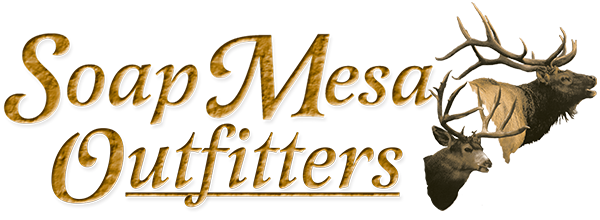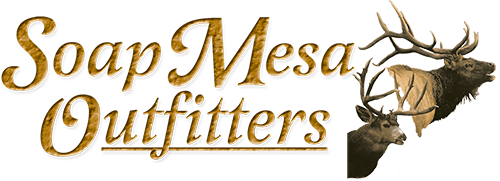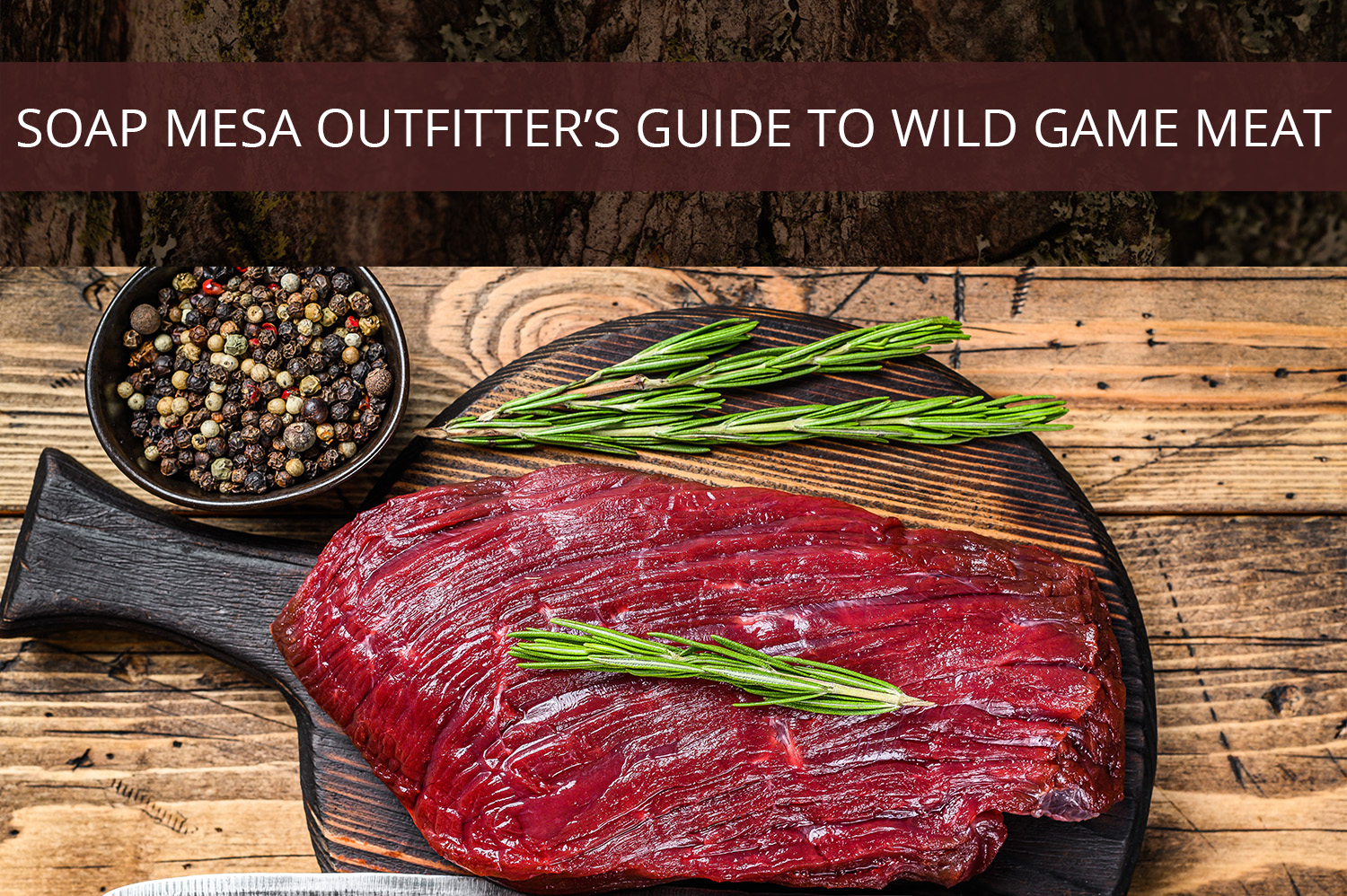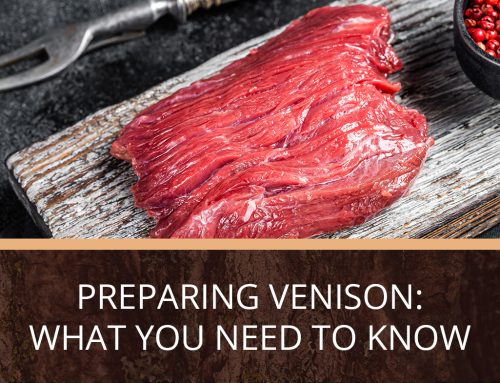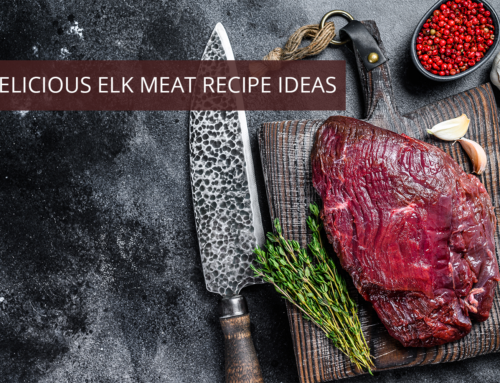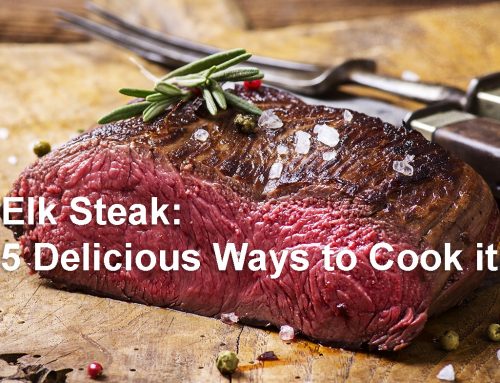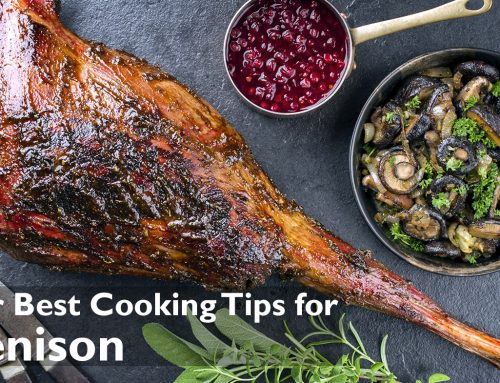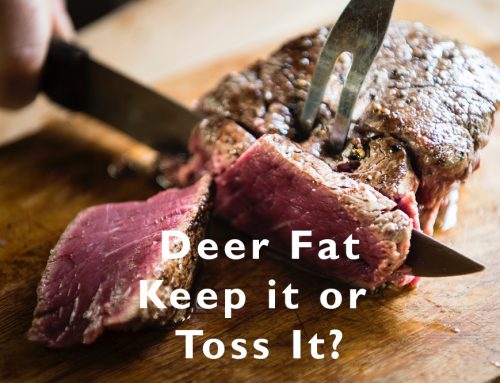Interested in wild game meat? Here’s a guide for beginners – what it is, why you should eat it, and tips on how to cook it.
What is Game Meat?
First and foremost, let’s define what game meat is. Game meat is meat from non-domesticated animals not typically farmed. In North America, some common types include deer, elk, wild boar, rabbit, quail, wild turkey, and ducks. Historically, the word “venison,” derived from the Latin “venatio” meaning to hunt, was used to define meat eaten from many hunted game animals or “beasts of chase” and included elk, other cervids, and wild boar. Used today (and occasionally in this blog), venison is commonly used to describe meat from deer. Venison and other wild game meat are commonly eaten by hunters and their families but is growing in popularity due to the many health benefits it provides.
Why Eat Game Meat?
The short answer, as mentioned above, is all the health benefits it provides. But let’s dive into the long answer and go over what those health benefits are.
It’s a Lean Protein
Not all fat is bad. But as with many things, too much saturated fats (aka the bad kind) is not good for your health. And domestic meats tend to be fatty. Nutrition experts agree it’s important for all adults, but especially those with heart problems, to limit their fat and cholesterol intake. Meat from wild animals is leaner because of their lifestyle. They’re able to roam around, get more exercise, and eat better.
An analysis done by Penn State University found that a 3.5-ounce cut of well-trimmed beef has around 2.7 grams of fat. An identical cut of venison from a mule deer has 1.6. If you’re looking to cut down on fat intake while still enjoying red meat, lean meat from deer and elk is a great option for you.
It’s Packed with Omega-3 Fatty Acids
We mentioned above that not all fat is bad, and omega-3 fatty acids are what we were referring to. These fats are good for us and have benefits for your cardiovascular health. Some studies show that omega-3s can lower your risk for cardiovascular disease and blood clots as well as lower your risk of developing some forms of cancer, dementia, and age-related macular degeneration.
Your body doesn’t make omega-3 fatty acids on its own, so you need to get them from your diet. An analysis done by researchers at Purdue University found that wild game, especially elk, deer, and antelope from the Rocky Mountain region, contains a higher amount of omega-3 fatty acids in muscle meats compared to the grass-fed beef equivalent.
It’s Loaded with Minerals
Wild game is also a great source of beneficial minerals necessary for balanced health, especially iron and zinc. Iron is essential to a healthy diet as it helps transfer oxygen from the lungs to the tissues. And zinc is crucial as it provides support for a healthy immune system and helps prevent oxidative stress caused by inflammation.
It’s Drug-Free
Nowadays, it’s not uncommon to be concerned about what’s in your food, especially your meat. Livestock can be subjected to antibiotics and growth hormones. While they’re meant to limit disease and promote growth in animals, do you really want to be consuming those same items without knowing what they do to your body?
With wild game, it’s as natural as it gets. Especially if you’re hunting the meat yourself, you can rest assured it won’t contain antibiotics or growth hormones of any kind.
Essential Cooking Tips
Interested in eating wild game meat for yourself? There are a few essential cooking tips you need to know first.
Tip 1: Keep it Cold and Clean
When hunting game meat yourself, it’s important to do your field dressing as quickly and cleanly as possible. Once you’re done, get your game chilled as soon as possible. Being clean and keeping things cold will prevent and protect from any spoilage.
Tip 2: Age Large Game for Improved Tenderness
Since game meat, especially elk and deer, is so lean, it’s essential to age your meat to make it tender. This enzymatic process allows connective tissue to break down, making the meat more tender and delicious. To age, vacuum pack cuts of meat and age at 29-34 degrees Fahrenheit. Meat freezes at 29 degrees, so keeping everything just above freezing allows the aging process to take place while minimizing bacteria growth.
Tip 3: Don’t Overcook
Again, since wild game is so lean, it can be easy to overcook it. Overcooking will dry your meat out and toughen it up, making for an unpleasant dining experience. To ensure your meat is cooked perfectly, keep a meat thermometer on hand so you can check when the meat is up to temperature and know when to kill the heat. Looking for recipe ideas? We got some great blogs to help you out with venison and elk.
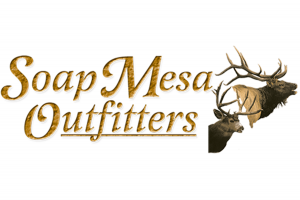
If you’re ready to get some fresh elk or deer meat on the table yourself, then it’s time you book a guided hunt with us.
Let’s Get Hunting
If you’re ready to get some fresh elk or deer meat on the table yourself, then it’s time you book a guided hunt with us. We do professional guided hunts in the mountains of Southwest Colorado and are dedicated to giving you the experience of a lifetime. Let us show you what you’ve been missing.
